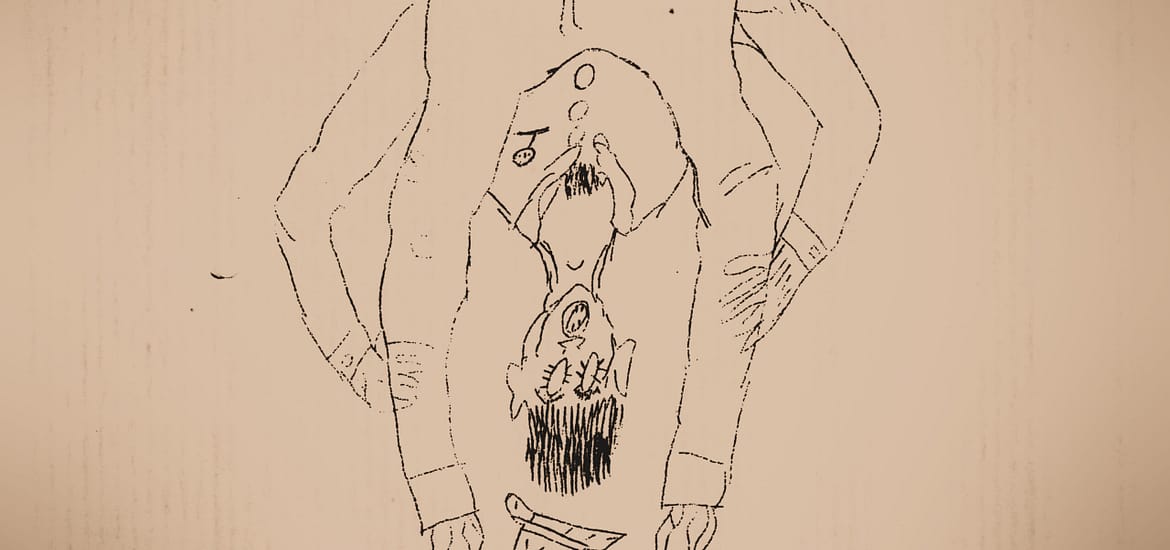This period between 1923 and the early thirties seems to me was the end of a rich community fellowship, the parties, and the ball teams of which each community had one… It was the end too of meetings at Larson’s Hall and these neighborhood times have never come back. ~
